Miso Noodles
Miso Noodles is an incredibly easy, fast and comforting dinner perfect for busy weeknights. Creamy tahini is combined with the rich umami flavors of miso and a homemade garlic chili oil, that is then tossed on your favorite Asian noodles. Enjoy these noodles on their own or add your favorite protein.
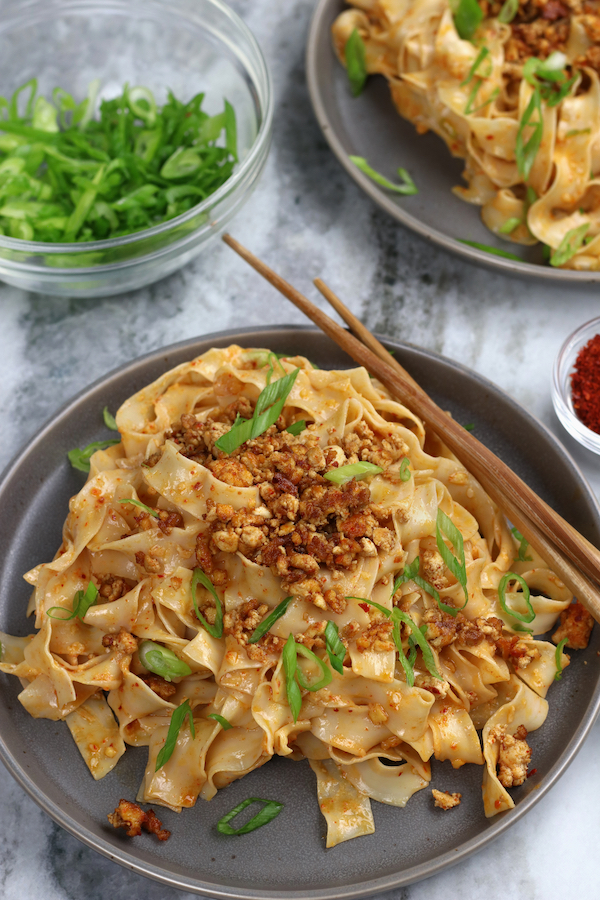
This post may contain affiliate links which I earn a small portion in sales if a purchase is made. Rest assured though, it is never at any additional cost to you.
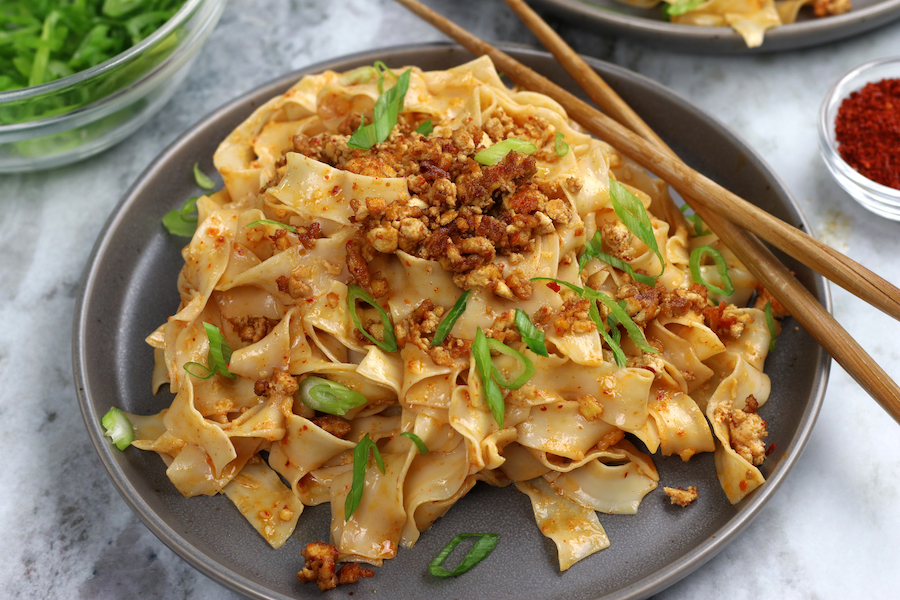
Miso Noodles: Quick and Flavorful Weeknight Dinner
This Miso Noodles recipe is the ultimate solution for a quick and flavorful weeknight dinner. Whether it’s the chilly winter months or the balmy days of summer, this tantalizing meal is always appealing. Additionally, it is made using uncomplicated components and will introduce a few speciality Asian elements that are sure to become a staples in your kitchen.
Mastering the Art of Miso: Elevate Your Noodles with Umami-rich Flavors
Miso is a traditional Japanese ingredient that is made from fermented soybeans, providing a complex and savory flavor profile with a hint of sweetness. Its versatility makes it a prized culinary gem, lending depth and umami to a variety of dishes, from soups and marinades to dressings and glazes.
Types of Miso
- White Miso– Also known as Shiro Miso, it is the mildest and sweetest variety, with a shorter fermentation period. It adds subtle flavors and is great for dressings, marinades, light soups and noodle dishes such as this Miso Noodles recipe.
- Yellow Miso– Known as Shinshu Miso, it has a medium level of saltiness and fermentation time. It offers a balance of sweet and savory notes, making it versatile for various recipes like stews and glazes.
- Red Miso– Also called Aka Miso, it undergoes a longer fermentation process, resulting in a bold and robust flavor. It has a higher salt content and is perfect for hearty dishes, rich soups, and braised meats.
- Hatcho Miso– This type of miso is dark in color and has a strong, concentrated flavor. It is made solely from soybeans and is traditionally aged for a longer period, making it ideal for intense and complex dishes.
Where to Buy Miso
- Local Asian Grocery Stores– Visit your nearest Asian grocery store, as they often have a wide variety of miso options available. Look for a dedicated section for Japanese ingredients, including different types of miso.
- Specialty Food Stores– Check out specialty food stores or gourmet markets in your area. They may carry a selection of high-quality miso, including both traditional and artisanal varieties.
- Online Retailers– Explore online retailers that specialize in Asian ingredients. They often have a vast selection of miso brands and types, allowing you to conveniently browse and order from the comfort of your home.
- Health Food Stores– Some health food stores carry miso, especially if they have a focus on natural and organic products. Look for organic and non-GMO options in these stores.
- Farmer’s Markets– Visit local farmer’s markets, as some vendors may offer homemade or locally produced miso. This can be a great opportunity to support local producers and discover unique miso flavors.
- Large Grocery Stores– Check the international or ethnic foods aisle of large grocery stores, as they may carry a selection of miso, particularly in areas with a diverse culinary scene.
How to Store Miso
To store miso properly, refrigerate it to maintain freshness. Ensure the miso container is tightly sealed to prevent air and moisture exposure. Label the container with the date of purchase or opening. Once opened, miso should be consumed within a few months for the best quality and flavor. However, it is always best to consume within the recommended shelf life suggested on the packaging.
Other Uses for Miso
The white miso needed for this noodle dish comes in a fairly large container, so you will have leftovers. Luckily, it’s commonly used for making salad dressing, marinades, soups and sauces. Additionally, it adds a unique twist to baking and sweet treats, and brings depth to vegetable, grain, and stir-fry dishes.
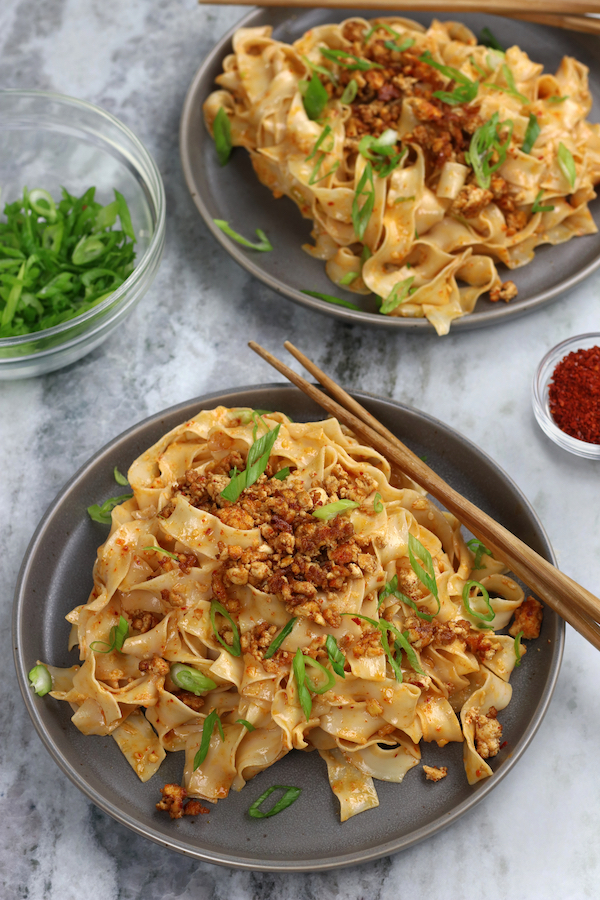
Ingredients Needed
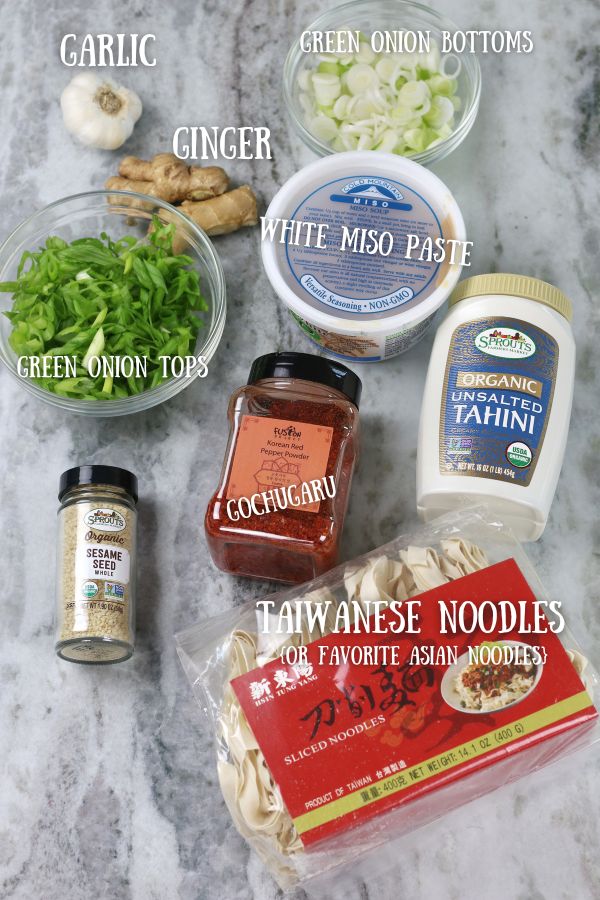
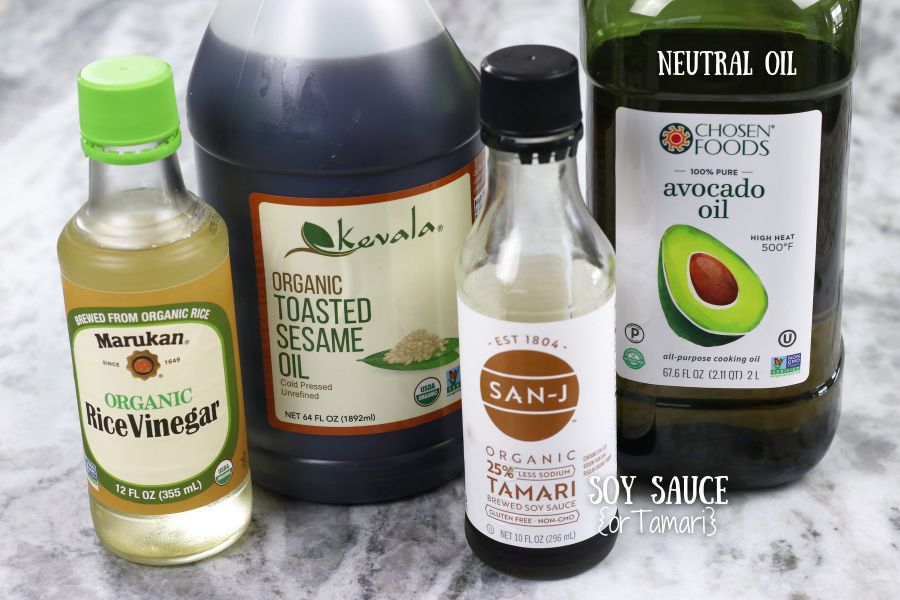
- Garlic– Adds aromatic depth and savory notes to the dish.
- Ginger– Brings a zesty and warm flavor that complements the miso.
- Gochugaru– Provides a gentle heat and subtle smokiness to the noodles.
- Sesame Seeds– Adds a nutty crunch and enhances the overall texture.
- Green Onions– Offers a fresh, mild onion flavor and vibrant visual appeal as a garnish.
- Avocado Oil– Provides a neutral cooking oil with a high smoke point.
- Toasted Sesame Oil– Infuses a rich nutty taste and aroma that elevates these noodles.
- White Miso Paste– Forms the foundation of the dish, contributing its signature umami and subtle sweetness.
- Tahini– Adds a creamy and nutty element, complementing the miso flavors. Note: Look for tahini in the condiment or international foods aisle of larger grocery stores. It is commonly available in jars or plastic containers.
- Soy Sauce– Enhances the umami flavor and adds a savory depth to the noodles.
- Rice Vinegar– Balances the flavors with its tangy and slightly sweet profile.
- Asian Noodles– Serves as the base, absorbing the delicious flavors and providing a satisfying chewy texture.
Noodle Options
When it comes to noodle options for Miso Noodles, Taiwanese noodles (as seen in the photos) are a great choice. They have a chewy texture and absorb flavors well. Other options include ramen, udon, and soba noodles, each offering their own unique characteristics. Experiment with different noodle types to find your preferred combination for a delicious bowl of Miso Noodles.
What is Gochugaru
Gochugaru, a vital ingredient in Korean cuisine, is a vibrant red chili powder. It is similar to crushed red chili pepper flakes, but with much less heat and adds smoky, fruity, and slightly sweet notes to dishes. Additionally, Gochugaru is coarser and flakier compared to the finer texture of crushed red chili pepper flakes. This texture difference allows gochugaru to evenly distribute its flavor throughout the dish while also providing a pleasant visual appeal.
How To Make Miso Noodles
- Bring water to boil for noodles and cook according to the package instructions. Note: Wait to start cooking the noodles until the sauce is almost fully made.
- Mince the green onions, separating the white and green parts.
- To a heat safe bowl add the whites of the green onions, ginger, garlic, gochugaru, and sesame seeds. Set Aside.
- In a small saucepan, heat the avocado oil and toasted sesame oil over medium high heat until it reaches about 250℉ or when bubbles form around a wooden chopstick that is inserted into the hot oil.
- Carefully pour the heated oils over the garlic mixture. Stir gently to combine and let the flavors infuse for a few minutes.
- Meanwhile, in a separate bowl whisk together the miso, tahini, soy sauce and rice vinegar until smooth and well combined.
- Pour the prepared sauce over the oil and aromatics mixture in the heatproof bowl. Stir well to fully combine.
- Add cooked noodles and toss well making sure noodles are fully coated in sauce.
- Serve immediately and garnish with the green parts of the green onions.
Protein Options
When it comes to adding protein to Miso Noodles, there are numerous options to choose from. Here are some protein-rich ingredients that work well with this dish:
Tofu– Firm or extra-firm tofu that is either diced or crumbled and fried with toasted sesame oil, soy sauce, oyster sauce and additional gochugaru provides a satisfying plant-based protein option. (See recipe notes for instructions.)
Chicken– Grilled, sautéed or air fried chicken breast, thinly sliced or shredded, adds a lean protein source to the noodles. Note: If using the Air Fried Chicken Breast recipe, replace the smoked paprika with Chinese Five Spice and eliminate the chipotle powder.
Shrimp– Cooked and peeled shrimp can be a delightful addition, offering a delicate and succulent texture.
Beef– Thinly sliced marinated steak is a savory addittion.
Edamame– Steamed or boiled shelled edamame, a type of soybean, brings a plant-based protein source and a vibrant pop of color to the noodles.
Eggs– Soft-boiled or poached eggs provide a creamy texture and an extra dose of protein to the dish.
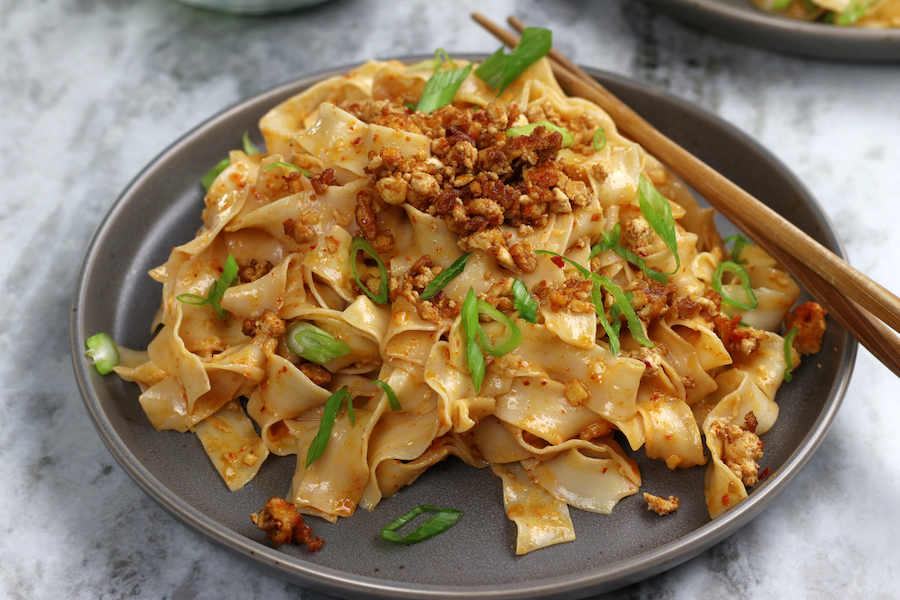
Frequently Asked Questions
How do I make this dish gluten-free?
To make these Miso Noodles gluten-free first ensure that you are purchasing gochugaru that is gluten-free. Additionally, substitute the soy sauce for tamari and use rice noodles that are naturally gluten-free.
Can I substitute the miso paste in this recipe?
When it comes to finding a substitute for miso, there is no exact replacement for its unique flavor and characteristics. However, the tahini and soy sauce can be increased by double as a fairly comparable substitute for miso. Keep in mind though, that this will alter the overall taste of the dish.
What are some vegetables that can be added to this noodle dish?
When it comes to adding veggies to Miso Noodles, there are endless possibilities to explore. However, some of the more popular options are bok choy, spinach, kale, carrots and bell peppers. Additionally, mushrooms such as shiitake, cremini and oyster are all delicious options.
To add veggies simply sauté a total of 2-3 cups in a few tablespoons of toasted sesame oil until desired doneness and toss with the noodles and sauce.
Why is tahini needed for this recipe?
Tahini brings in a velvety and creamy element that enhances the flavor and texture of these noodles.
More Quick Pasta Dinners
Tomato and Burrata Penne Pasta
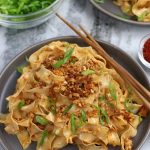
Miso Noodles
Ingredients
- 1 tablespoon crushed garlic *about 4-5 large cloves
- 1 tablespoon finely chopped ginger *about 1 inch piece
- 1 tablespoon gochugaru (Korean chili flakes) *or 1-1 1/2 teaspoons crushed red chili pepper flakes, see Note #1 below
- 1 teaspoon sesame seeds
- 3 large green onions *aka scallions or spring onions
- 1/4 cup avocado oil *or any neutral oil of choice
- 1 tablespoon toasted sesame oil
- 2 tablespoons white miso paste *see Note #2 below
- 1/4 cup tahini
- 1 tablespoon soy sauce *see Note #3 below
- 2 tablespoons rice vinegar
- 14 ounces Asian noodles of choice (such as ramen or Taiwanese noodles)
Instructions
- Bring water to boil for noodles and cook according to the package instructions. Note: Wait to start cooking the noodles until the sauce is almost fully made.
- Mince the green onions, separating the white and green parts.
- To a heat safe bowl add the whites of the green onions, ginger, garlic, gochugaru, and sesame seeds. Set Aside.
- In a small saucepan, heat the avocado oil and toasted sesame oil over medium high heat until it reaches about 250℉ or when bubbles form around a wooden chopstick that is inserted into the hot oil.
- Carefully pour the heated oils over the garlic mixture. Stir gently to combine and let the flavors infuse for a few minutes.
- Meanwhile, in a separate bowl whisk together the miso, tahini, soy sauce and rice vinegar until smooth and well combined.
- Pour the prepared sauce over the oil and aromatics mixture in the heatproof bowl. Stir well to fully combine.
- Add cooked noodles and toss well making sure noodles are fully coated in sauce.
- Serve immediately and garnish with the green parts of the green onions.
Video
Notes
- Drain and squeeze excess moisture out of approximately 200 grams of extra firm tofu. (200 grams is approximately 7 ounces or half a package of tofu.)
- Using the back of a fork press into the tofu making smaller crumbled pieces.
- Heat a large frying pan over medium/high heat with 2 tablespoon of toasted sesame oil.
- Add crumbles to the frying pan and sauté for 3-4 minutes.
- To the frying pan add 2 tablespoon of soy sauce, 2 teaspoons of oyster sauce and 2 teaspoons of additional gochugaru. Sauté for an additional 2-3 minutes.


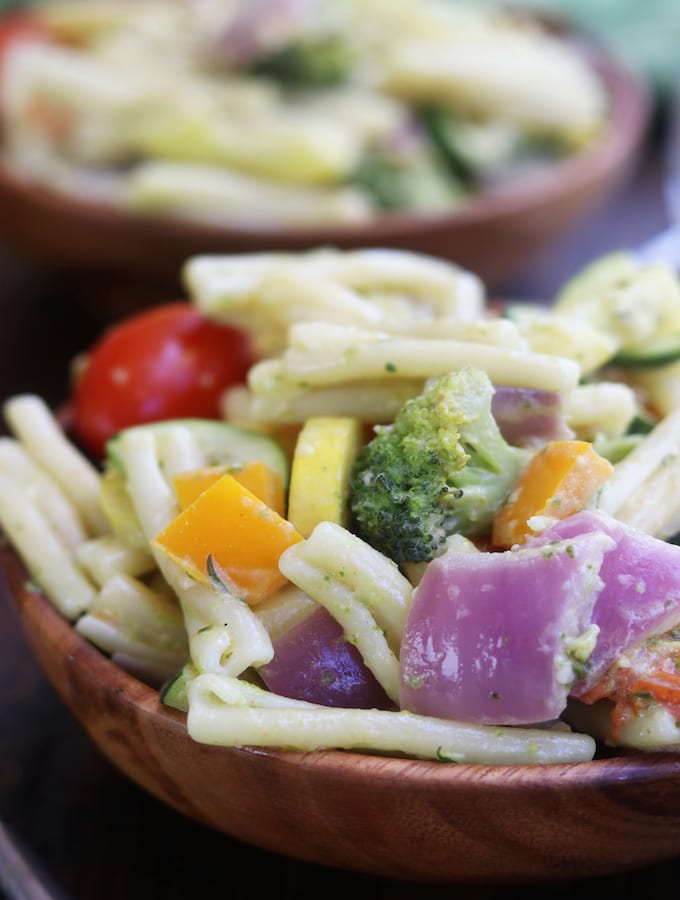
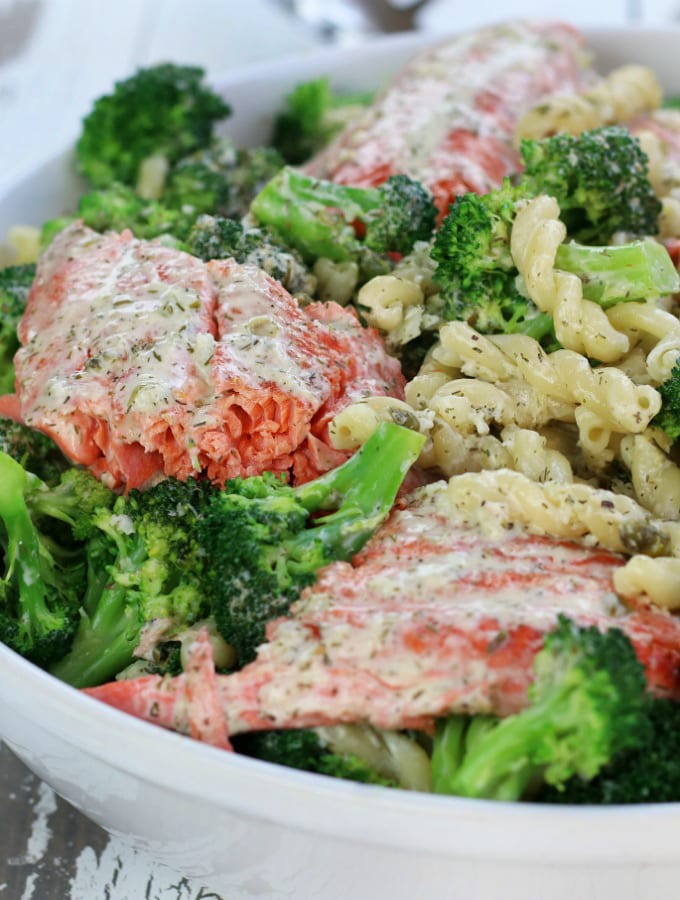
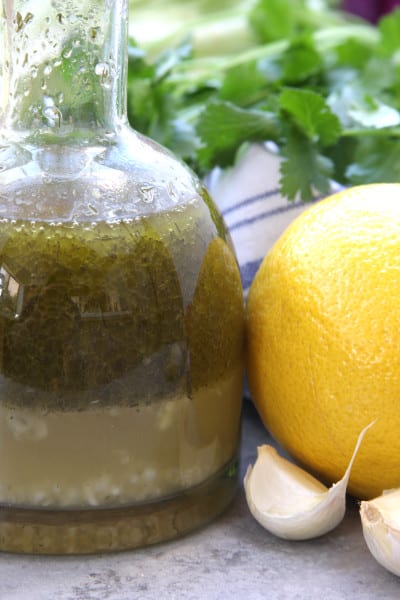
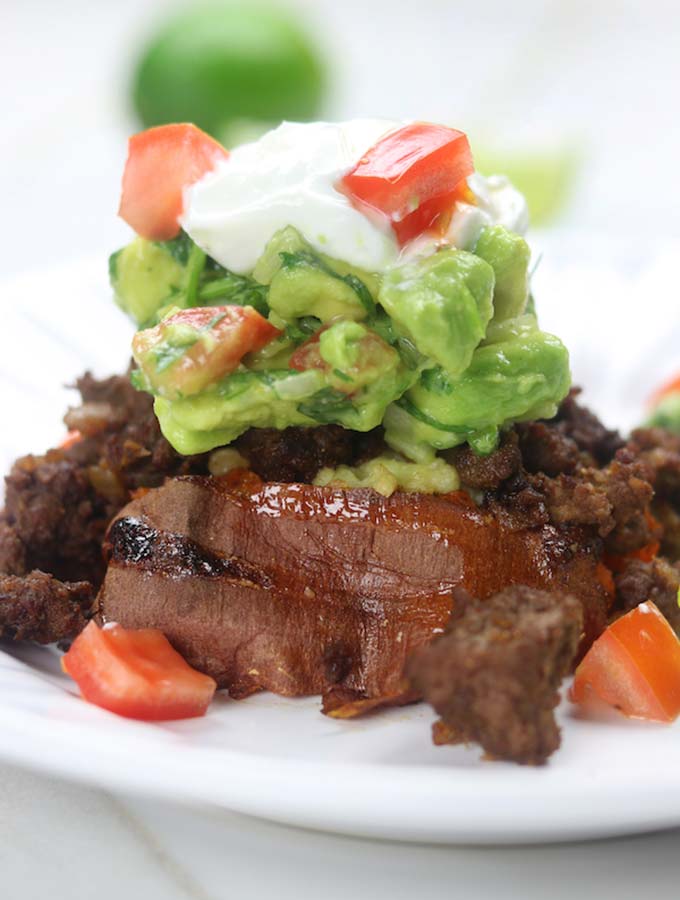
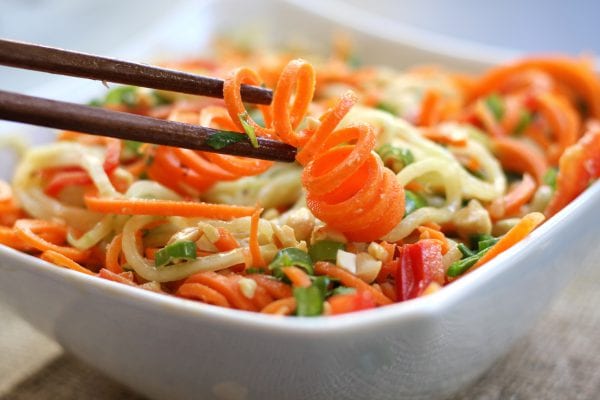
This was so good. I love Asian food but I never can make it taste as good as the restaurant but these noodles were perfect. Thank you!
Hi Sophia! I’m so glad you loved it! That’s such a wonderful compliment. Homemade meals that taste as good as the restaurant are exactly what I hope for. Thank you so much for taking the time to make the recipe and coming back to comment and rate it.